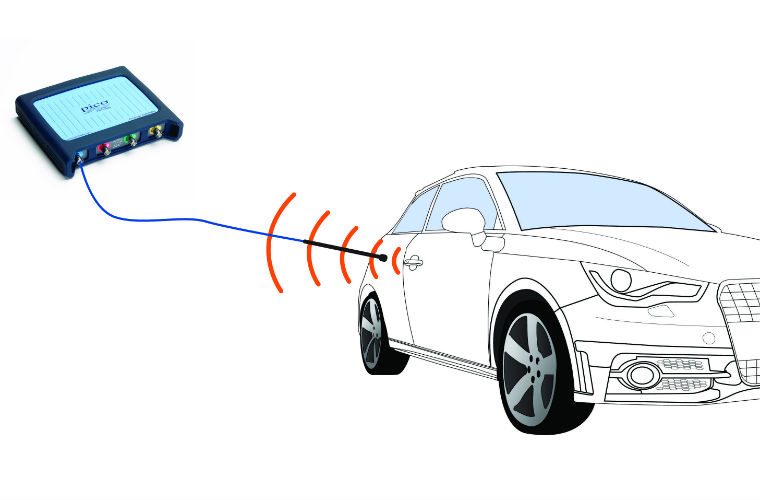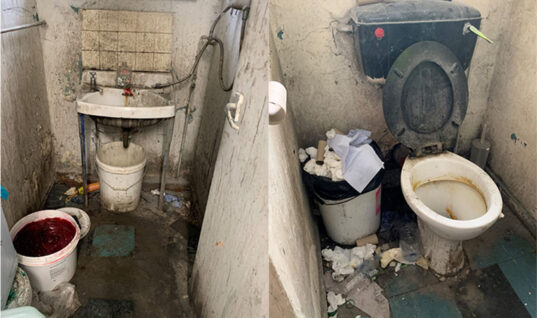Pico Technology has published a new guided test with instructions showing technicians how to connect the PicoScope, perform a test and diagnose problems associated with keyless entry and starting systems.
Once the vehicle has been locked, the system constantly searches for a key within the detection zones.
For initial testing, you will have to lock the vehicle and place the key outside of the zones.
This will make the Keyless entry signal carrier detector able to pick up a signal.
Bodywork repairs with any additional paintwork to the door handles can have a considerable effect on the operation of the keyless entry system.
Connecting
Start by connect the keyless entry detector to channel A on the PicoScope.
Run the scope by pressing either the space bar or the ‘go’ button in PicoScope.
Hold the keyless entry detector up to the door handle.
Start around 300mm away from the door handle and move it closer or further away until you find the signal.
Stop the scope by pressing either the space bar or the ‘stop’ button in PicoScope.
Waveforms
Use the ‘waveform buffer’ to scroll through your captured waveforms to assess the keyless entry system when the key is out of reach for the vehicle.
Channel A indicates the low-frequency pulse emitted by a functioning electrical key antenna with the vehicle locked and the key outside of the detection zones.
Refer to vehicle technical data for specific test conditions and results.
The output from a functioning electrical key antenna can be measured using the keyless entry detector, confirming activity of the antenna under test.
Locking the vehicle and removing the key will trigger the LF signal to start searching for a key in the detection zone.
Each antenna transmits the request signal received from the certification ECU and forms a key detection area to detect the presence of a key.
Key detection zones
The detection area formed by the front door antenna and outside luggage antenna is approximately 0.7 to 1.0m from the outside handle of the front door and rear bumper.
When the key is brought into the detection area the signal from the electrical key antenna will change.
Most systems will extend the pulse time if the vehicle’s sensor cannot find a key in the detection zone or if the touchpad on the handle is pressed in a specified time.
If the vehicle is left longer for around 14 days with no activation or key detected, the system will deactivate to avoid draining the battery.
Find more help and advice by following the ‘more details’ link below.







